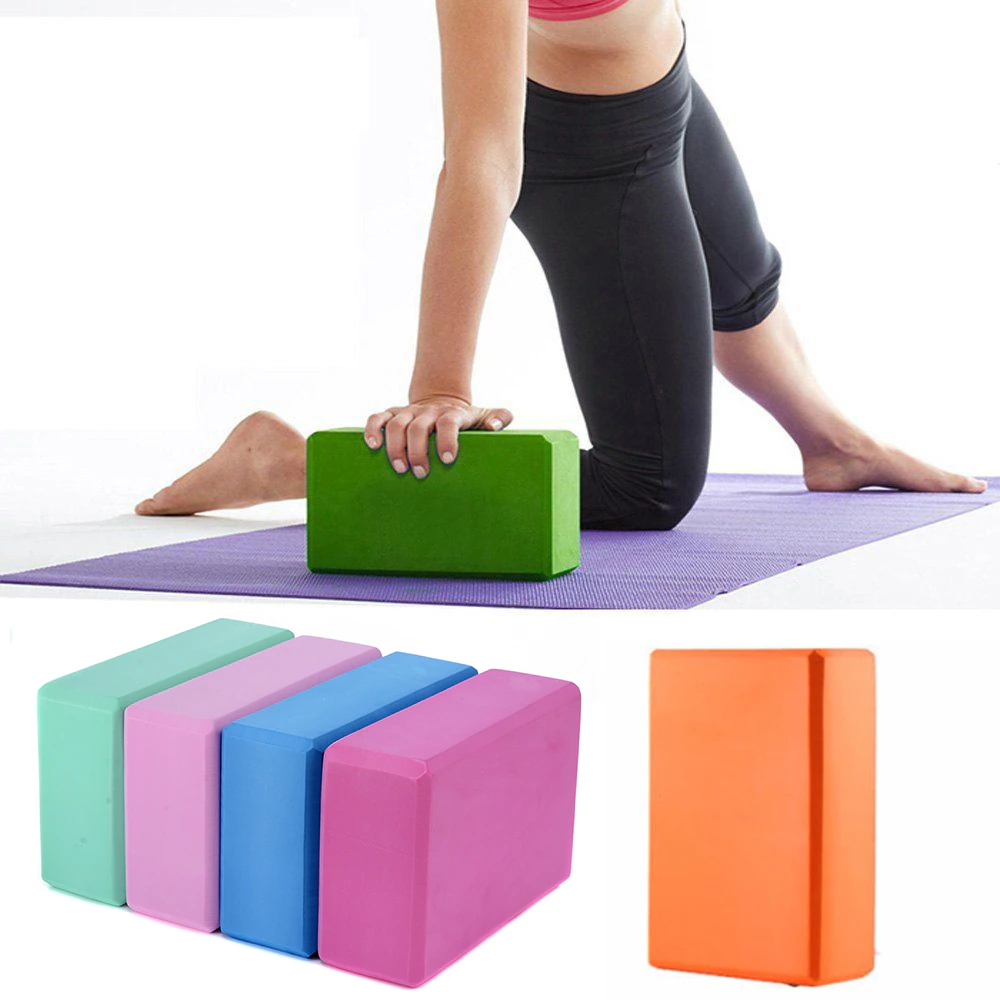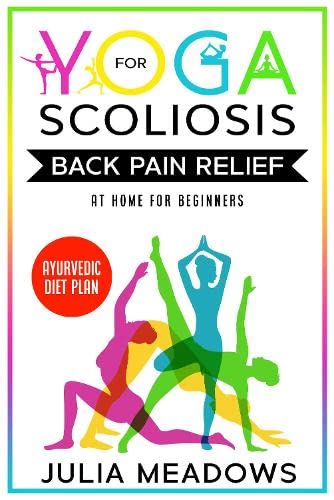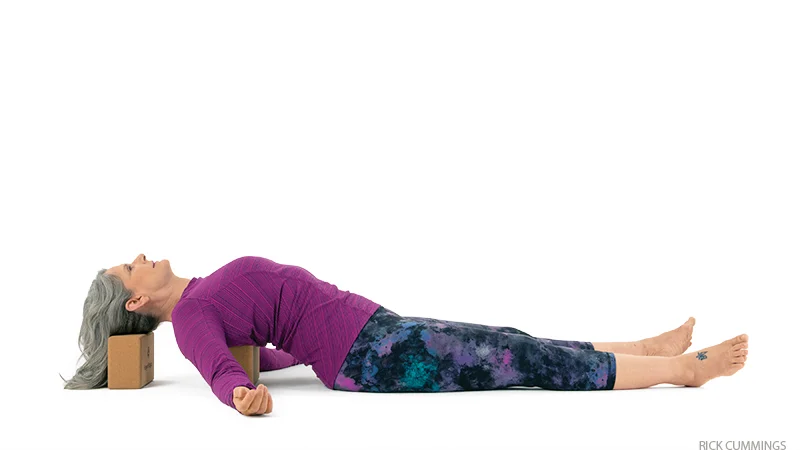If you’re someone who experiences back pain during yoga practice, incorporating yoga blocks into your routine can provide much-needed relief. Yoga blocks are versatile props that can assist in achieving proper alignment, increasing stability, and deepening stretches and poses. In this article, we will explore how yoga block for back pain can help, the best exercises for back pain relief using yoga blocks, tips for choosing the right block, and precautions to consider.
What are yoga blocks?
Yoga blocks are rectangular props made of foam, cork, or wood that provide support and stability during yoga practice.
They come in different sizes, typically ranging from 3 to 9 inches in height, and can be used to modify poses, improve alignment, and enhance flexibility.
Yoga blocks are especially beneficial for individuals with limited flexibility or those recovering from injuries.
How can yoga blocks help with back pain?
Proper alignment and support
One of the main benefits of using yoga blocks for back pain is their ability to promote proper alignment. Placing a block under your hands, feet, or hips can help align your body and reduce strain on your back. For example, in poses like Triangle Pose, placing a block on the ground can provide support and prevent excessive rounding of the spine.
Increased stability and balance
Yoga blocks offer stability and balance, which is crucial for individuals with back pain. By providing a solid foundation, blocks help you maintain balance and prevent unnecessary strain on your back. Whether you’re practicing standing poses or inversions, using blocks can give you the confidence and stability needed to perform these poses safely.
Deepening stretches and poses
Yoga blocks can also assist in deepening stretches and poses, allowing you to gradually increase flexibility without straining your back. For example, in a seated forward fold, placing a block on your thighs can provide support and allow you to relax into the pose, targeting the hamstrings and lower back.
Best yoga block exercises for back pain relief
Supported Bridge Pose
– Start by lying on your back with your knees bent and feet flat on the ground.
– Place a yoga block under your sacrum, the triangular bone at the base of your spine.
– Gently lift your hips off the ground, using the block for support.
– Hold the pose for several breaths, focusing on releasing tension in your lower back.
Supine Spinal Twist
– Lie on your back with your knees bent and feet flat on the ground.
– Extend your arms out to the sides, forming a T shape.
– Place a block between your knees and slowly lower both knees to one side.
– Keep your shoulders grounded as you hold the twist for a few breaths, then repeat on the other side.
Supported Fish Pose
– Sit on the ground with your legs extended in front of you.
– Place a block lengthwise behind you, supporting your mid-back.
– Slowly lower your upper back onto the block, allowing your head to rest on the ground.
– Relax your arms by your sides and hold the pose for several breaths, feeling a gentle stretch in your chest and shoulders.
Supported Child’s Pose
– Begin on your hands and knees, with your toes touching and knees wider than hip-width apart.
– Place a block between your thighs and sit back onto your heels.
– Extend your arms forward and rest your forehead on the block.
– Breathe deeply and hold the pose, feeling a gentle stretch in your lower back.
Choosing the right yoga block for back pain
Material and density
When selecting a yoga block for back pain, consider the material and density. Foam blocks are lightweight and provide cushioning, making them ideal for beginners or those with sensitive backs. Cork blocks are more durable and offer a firmer surface, providing greater stability and support. Experiment with different materials to find the one that suits your needs best.
Size and shape
The size and shape of the yoga block also play a role in its effectiveness for back pain relief. A standard block with dimensions of 9 inches by 6 inches by 4 inches is suitable for most individuals. However, if you have smaller hands or require less support, a smaller block may be more comfortable. Consider your body proportions and personal preferences when choosing the size and shape of your yoga block.
Tips for using yoga blocks effectively
– Start with the lowest height setting of your yoga block and gradually increase as needed.
– Use the block to support your body, but avoid relying on it too heavily. Aim to build strength and flexibility over time.
– Experiment with different block placements to find the most comfortable and supportive position for your back.
– Incorporate yoga blocks into your warm-up and cool-down routines to maximize their benefits.
Precautions and considerations
Consulting with a healthcare professional
If you have a pre-existing back condition or are experiencing severe back pain, it is essential to consult with a healthcare professional before using yoga blocks or starting any new exercise regimen. They can provide personalized advice and ensure that yoga blocks are suitable for your specific needs.
Listening to your body
While yoga blocks can be helpful for back pain relief, it is crucial to listen to your body and avoid pushing yourself beyond your limits. If a pose or exercise causes discomfort or exacerbates your back pain, modify or skip it altogether. Remember that yoga is about finding balance and honoring your body’s needs.
Conclusion
Incorporating yoga blocks into your practice can be a game-changer for individuals struggling with back pain. By providing proper alignment, stability, and support, yoga blocks enable you to enjoy the benefits of yoga while minimizing strain on your back.
Remember to choose the right block for your needs, practice with caution, and always listen to your body. With consistent practice and the assistance of yoga blocks, you can find relief from back pain and enhance your overall well-being.
Originally posted 2023-05-11 14:11:36.





